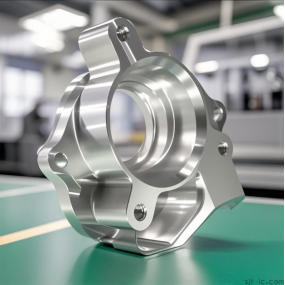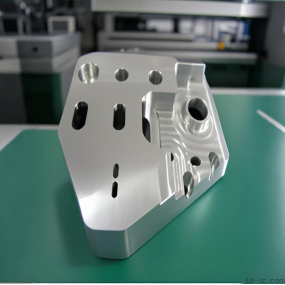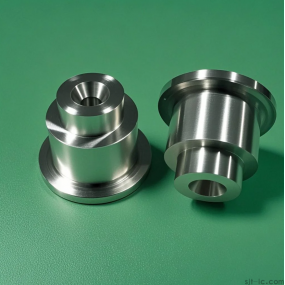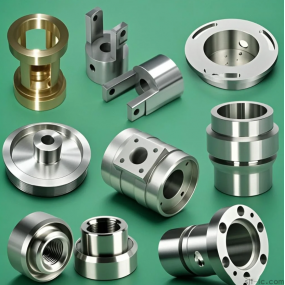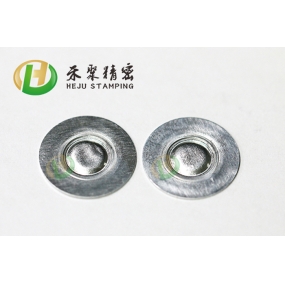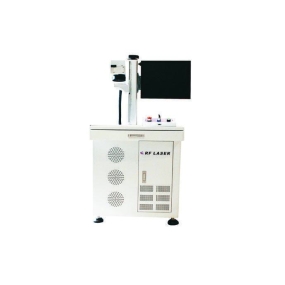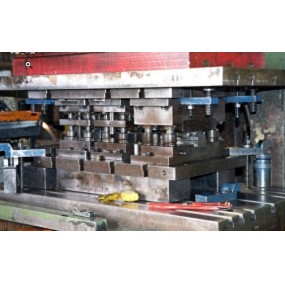As a professional CNC Machining service provider, EMAR Company specializes in delivering high-precision molds with exceptional surface quality. This article explores the critical techniques for achieving mirror-like finishes in CNC mold machining, addressing a key concern for procurement managers and engineers.
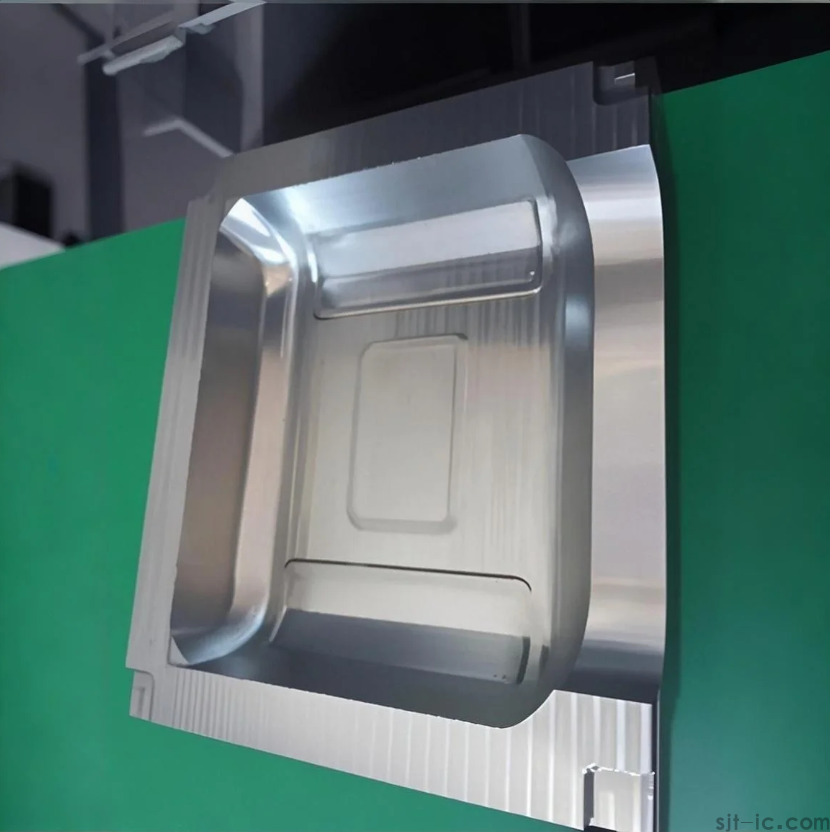
1. Material Selection for Optimal Surface Finish
The foundation of smooth mold surfaces begins with proper material selection. For aluminum molds (e.g., 6061, 7075), we recommend using micro-grain carbide tools with polished flutes. When machining hardened steel (H13, P20), diamond-coated end mills combined with cryogenic cooling yield superior results. Our engineers at EMAR always conduct material analysis before machining to determine the optimal approach.
2. Precision Toolpath Strategies
Our CNC machining process implements advanced toolpath strategies including:
- Contour parallel finishing with stepover ≤5% of tool diameter
- Trochoidal milling for hard materials
- Adaptive clearing to maintain consistent chip load
3. Cutting Parameters Optimization
The perfect balance of spindle speed (15,000-30,000 RPM for aluminum), feed rate (.05-.15mm/tooth), and depth of cut (≤.2mm for finishing) is crucial. EMAR's CNC technicians adjust these parameters in real-time using advanced monitoring systems.
4. Post-Processing Techniques
For ultra-smooth surfaces (Ra<.2μm), we employ:
- Micro-abrasive flow machining
- Electrolytic polishing
- Laser surface texturing (when specified)
At EMAR, we combine these technical approaches with rigorous quality control measures, including white light interferometry for surface roughness verification. Our ISO 9001-certified CNC machining facility ensures consistent results for mold applications across automotive, medical, and consumer electronics industries.


 Spanish
Spanish Arabic
Arabic French
French Portuguese
Portuguese Belarusian
Belarusian Japanese
Japanese Russian
Russian Malay
Malay Icelandic
Icelandic Bulgarian
Bulgarian Azerbaijani
Azerbaijani Estonian
Estonian Irish
Irish Polish
Polish Persian
Persian Boolean
Boolean Danish
Danish German
German Filipino
Filipino Finnish
Finnish Korean
Korean Dutch
Dutch Galician
Galician Catalan
Catalan Czech
Czech Croatian
Croatian Latin
Latin Latvian
Latvian Romanian
Romanian Maltese
Maltese Macedonian
Macedonian Norwegian
Norwegian Swedish
Swedish Serbian
Serbian Slovak
Slovak Slovenian
Slovenian Swahili
Swahili Thai
Thai Turkish
Turkish Welsh
Welsh Urdu
Urdu Ukrainian
Ukrainian Greek
Greek Hungarian
Hungarian Italian
Italian Yiddish
Yiddish Indonesian
Indonesian Vietnamese
Vietnamese Haitian Creole
Haitian Creole Spanish Basque
Spanish Basque

